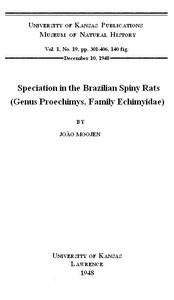Read this ebook for free! No credit card needed, absolutely nothing to pay.
Words: 6112 in 3 pages
This is an ebook sharing website. You can read the uploaded ebooks for free here. No credit cards needed, nothing to pay. If you want to own a digital copy of the ebook, or want to read offline with your favorite ebook-reader, then you can choose to buy and download the ebook.


: Field Mice as Farm and Orchard Pests by Lantz David E David Ernest - Microtus Control; Pitymys Control; Agricultural pests; Fruit Diseases and pests
Transcriber's Note:
Every effort has been made to replicate this text as faithfully as possible.
UNITED STATES DEPARTMENT OF AGRICULTURE
FARMERS' BULLETIN
WASHINGTON, D. C. 670 JUNE 3, 1915.
Contribution from the Bureau of Biological Survey, Henry W. Henshaw, Chief.
FIELD MICE AS FARM AND ORCHARD PESTS.
NOTE.--This bulletin describes the habits, geographic distribution, and methods of destroying meadow mice and pine mice, and discusses the value of protecting their natural enemies among mammals, birds, and reptiles. It is for general distribution.
INTRODUCTION.
The ravages of short-tailed field mice in many parts of the United States result in serious losses to farmers, orchardists, and those concerned with the conservation of our forests, and the problem of controlling the animals is one of considerable importance.
Short-tailed field mice are commonly known as meadow mice, pine mice, and voles; locally as bear mice, buck-tailed mice, or black mice. The term includes a large number of closely related species widely distributed in the Northern Hemisphere. Over 50 species and races occur within the United States and nearly 40 other forms have been described from North America. Old World forms are fully as numerous. For the purposes of this paper no attempt at classification is required, but two general groups will be considered under the names meadow mice and pine mice. These two groups have well-marked differences in habits, and both are serious pests wherever they inhabit regions of cultivated crops. Under the term "meadow mice" are included the many species of voles that live chiefly in surface runways and build both subterranean and surface nests. Under the term "pine mice" are included a few forms that, like moles, live almost wholly in underground burrows. Pine mice may readily be distinguished from meadow mice by their shorter and smoother fur, their red-brown color, and their molelike habits.
MEADOW MICE.
Free books android app tbrJar TBR JAR Read Free books online gutenberg
More posts by @FreeBooks


: King Horn Floriz and Blauncheflur The Assumption of Our Lady by Lumby J Rawson Joseph Rawson Editor McKnight George Harley Editor - Romances English; Mary Blessed Virgin Saint Legends; English poetry Middle English 1100-1500 Early English Text Society






